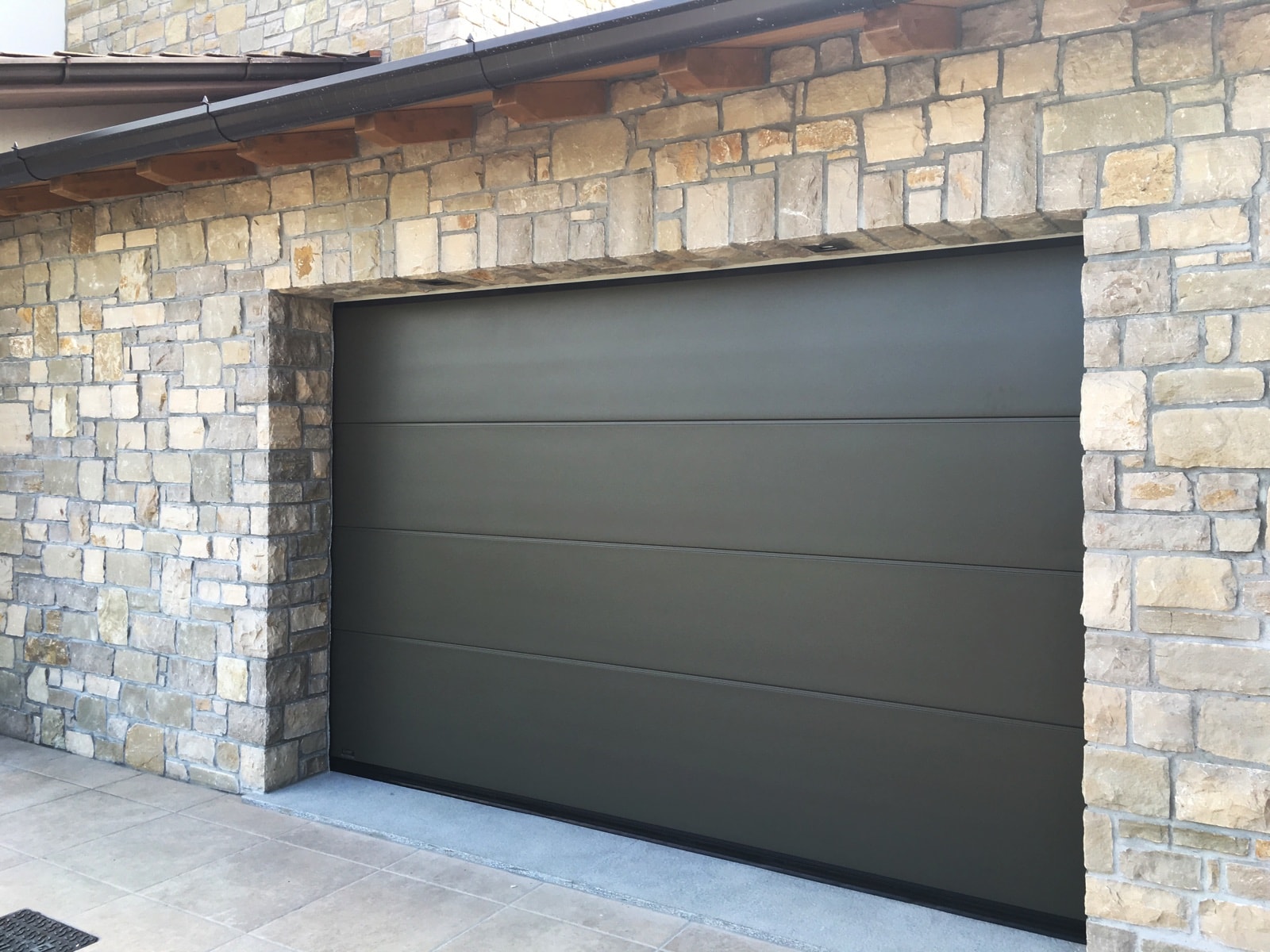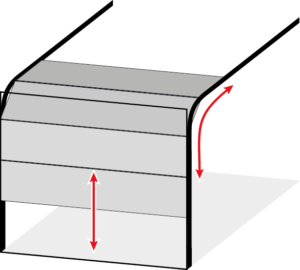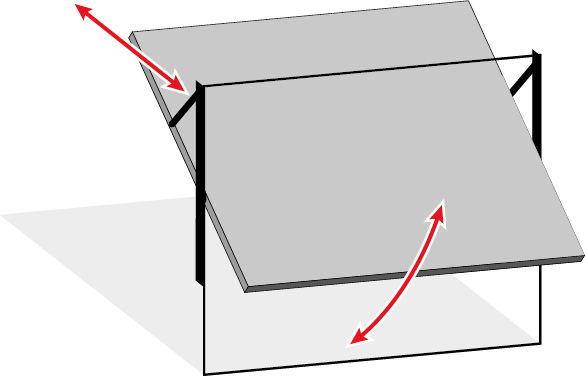Learning Centre
What are the different garage door options?

What are the different garage door options?
This is a common question we get asked about what different types of garage door options are available.
Typically, there is 3 main garage door options which are suitable for almost all garage and shed types.
1- Sectional overhead door
2- Roller door
3- Tilt door
We will cover off the 3 typical door types in this article these are most relevant for any garage / shed.
Sectional Overhead Doors:
The most common garage door option on the market today in New Zealand.
Basically every new home that is built is fitted with a sectional garage door.
Why this is, is because of the availability in colours, styles additional options such as insulation, safety devices, low headroom, smart phone activation etc.
also space requirements are less than say a roller type door, they also provide much better sealing from the elements.
With sectional doors these are also available is a range of sizes to fit every garage, shed or even campervan and boat sheds.
Most typical car garages have a door size of 2.4 – 3.0meters wide for a single car garage to a 4.8-6.0meter for a double garage.
Typical opening heights for a standard 2.4 or 2.55meter stud home are 2.0 – 2.2meter high.
Large size Sectional Doors such as 3.6meters high x 7.0 meters wide are achievable.
The availability of sectional overhead doors is also very accessible with a wide scope of suppliers who both manufacture doors in NZ with NZ steel and those who import product and cut and paint to size and colour when needed, made from offshore steel and can contain material which is inadequate to meet the harsh NZ conditions.
The space requirements that need to be considered with a sectional door are:
- Headroom (minimum for standard headroom of 300mmor minimum for low headroom set up of 200mm)
- Back space in to the room – needs to be clear back into the room the door height + 500mm to allow space for the door tracks and auto opener (if included)
- Side-room- minimum side-room of 120mm required each side for a typical door set up.
Overall sectional doors are very common and suit basically every residential garage and shed.

Roller Doors:
The most common door for more economical sheds, farm buildings and garages.
Simple rolling curtain design which is very limited in the way of profile and colours.
Generally a lightweight curtain which isn’t recommended for a high wind environment.
The roller door also isn’t to good at sealing against vermons and birds.
The Roller door has one profile / style and is available in around 10-15 different colours.
The roller door is a simple economical door which does have some sizing constraints such as the headroom required to take the door roll.
Typical sizes for a roller door of 2.1-2.4meters high and2.4-3.6meters wide.
With the door construction, these doors are not recommended to be any wider than 4.00 meters.
Available in both manual locking or auto opener operation.
Space requirements required if considering a roller door are:
- Headroom required – 450mm+
- Side-room 90mm each side and 150mm on the motor side (if automated)
- Back space – 500-600mm. (perfect for fitting between floor joists when in a basement garage situation.
Overall Roller Doors are a simple cost effective door system which only suits suitable garages and sheds.

Tilt Doors:
Tilt doors were a common door system before the introduction of Sectional Doors in the late 1980’s – early 1990’s.
A simple one piece panel door which pivots of side mounted drive arms.
They are still used today in tight headroom situations where a roller door or sectional door are not able to be fitted.
Available in a range of profiles and colour finishes which gives it a step over a roller door.
There are few things that you need to be aware of with atilt door:
- The door swinging out when opening – taking up driveway space as the car needs to be kept back from the arc of the swing of the door.
- Reduces opening height when open- the door panel sits below the lintel height reducing your clearance
- Perimeter gaps around the door as the door is swinging through the opening – this reduces the doors weather tightness and seal ability from vermons etc.
Space requirements to consider with a tilt door are:
- Headroom 80mm from manual operation and 120mmwith auto opener
- Side room 90mm minimum each side
- Back space into the garage – the door height +500mm.
- Reduction in opening height.
Tilt doors are also size limited due to shipping / logistics of getting the door to site.
sizes available from 2.0 – 2.4meters high and 2.4 – 4.80meters wide.
The Flexibility of the tilt door is the panel construction, these can be a steel or aluminium frame which can be clad with cladding options such as cedar, timber, Aluminium sheet panels etc.
Overall tilt doors are a simple door system which is suited for garages where headroom is a problem, such as basement garages, older version versatile, ideal and skyline garages.

There are also a number of other door systems for garages such as:
- Sliding doors
- Bi-folding doors
- Insulated roller doors.
These products are far less common and are more project specific.
Thank you for taking your time to read this article, we trust this article was helpful and answers your question on the different door types for garages.
For more information or if you require a quote or site consultation, please feel free to contact us.
EM sales@glideaway.co.nz
PH 0508 611 166

Let’s talk garage doors.
Have a question or need advice? We’re here to help. Speak to our team about your project, and let’s find the perfect door to suit your site and style.
